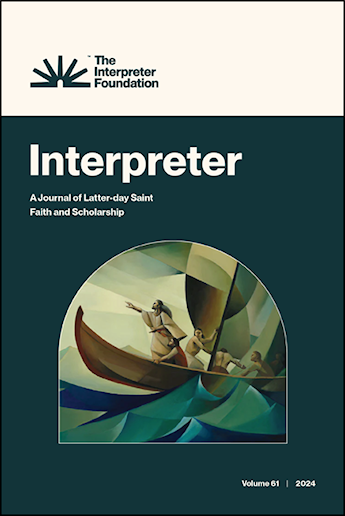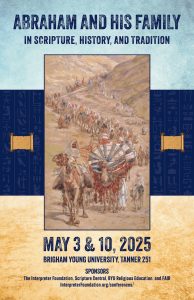[Page 105]Abstract: Chinese science fiction works recently have received increasing attention and acclaim, most notably Liu Cixin’s The Three Body Problem. Liu’s epic trilogy, available in Chinese and English, has received international honors and recognition for its vision, its daring application of advanced physics in a novel, and its highly original ideas about our life in the cosmos. Another Chinese physicist and science fiction author, Jiang Bo, also explores related issues but in a much more distant and wide-ranging trilogy, The Heart of the Milky Way series. Both works have interesting treatments of concepts relevant to Gospel perspectives, particularly the cosmic implications and teachings in the revelations given through the Prophet Joseph Smith. In the end, the questions they raise and the possibilities they present raise cosmic questions worthy of consideration by seekers of truth and urge us to consider what this cosmos is and where it is going. There are two ultimate possibilities: “Darkness, everything darkness” from the tragic “dark forest” model of Liu Cixin or the model of a benign universe crafted by a loving Heavenly Father. The latter, the cosmos of light, eternal progress, and endless joy is the universe of Joseph Smith and is profound enough to be seriously pitted against the alternative offered by China’s brilliant physicists. Their writings treat the physics and metaphysics of the cosmos from a materialist perspective; if materialism rules, then it is tooth and claw, “everything darkness” in the end (though Jiang Bo offers hope of renewal and progress for some after his chaos and final grand calamity at the heart of the galaxy). Joseph Smith’s cosmology gives us compelling reasons to see it otherwise and rejoice in the miracle of the actual universe we are in. Along the way, he offers some profound insights that should at least raise eyebrows and stimulate thinking among the physicists and philosophers of our age. These insights, contrary to claims of some critics, are not simply plagiarism or [Page 106]crude reworkings of common ideas from his day, but represent profound and original breakthroughs in thought, solving significant problems in the world’s views on life and the cosmos.
Continue reading →



 Welcome to Interpreter: A Journal of Latter-day Saint Faith and Scholarship, the peer-reviewed journal of The Interpreter Foundation, a nonprofit, independent, educational organization focused on the scriptures of The Church of Jesus Christ of Latter-day Saints. Non-print versions of our journal are available free of charge, with our goal to increase understanding of scripture. Our latest papers can be found below.
Welcome to Interpreter: A Journal of Latter-day Saint Faith and Scholarship, the peer-reviewed journal of The Interpreter Foundation, a nonprofit, independent, educational organization focused on the scriptures of The Church of Jesus Christ of Latter-day Saints. Non-print versions of our journal are available free of charge, with our goal to increase understanding of scripture. Our latest papers can be found below. 
 Video and audio recordings are now available
Video and audio recordings are now available